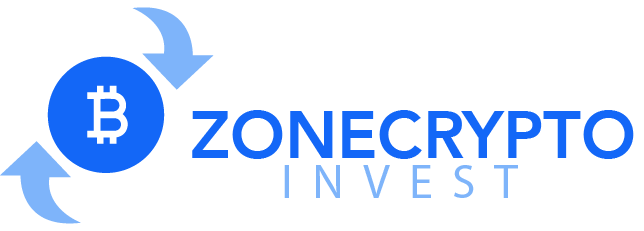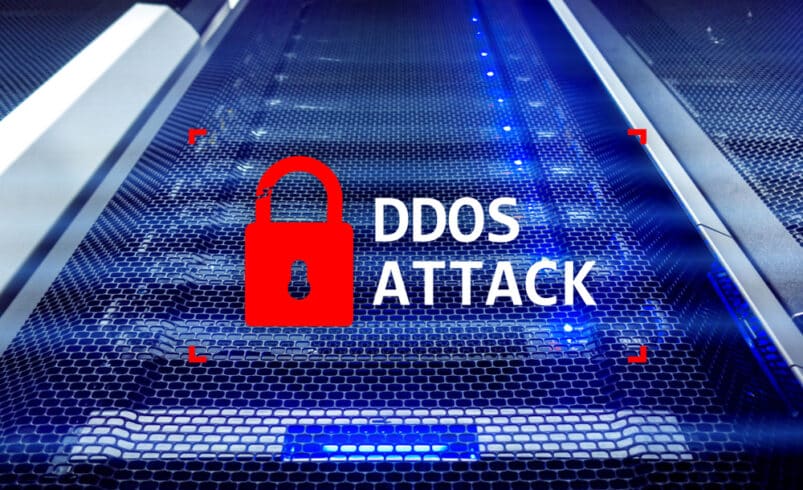Comprehensive Explanation of Atomic Swaps and Their Function in Cross-chain Trading

In crypto, decentralization entails eradicating intermediaries to allow transactions. Self-executing smart contracts are utilized by atomic swaps to permit peer-based crypto transactions across blockchains.
Atomic swaps allow truly decentralized cross-chain trading. The sections below describe how atomic swaps function, how they vary from cross-chain bridges, and their pros and cons.
Atomic Swaps Explained
An atomic swap protocol facilitates peer-to-peer transactions between parties intending to exchange cryptocurrencies on various blockchain platforms. Smart contracts eradicate third parties, ensuring decentralized, cross-chain asset trading.
Atomic swaps’ private and trustless nature promotes confidentiality between parties. Nevertheless, the transactions involved in a cross-chain swap remain detectable on their respective blockchains’ public ledger.
Understanding Atomic Swaps Function
Atomic swaps utilize smart contracts and cryptography to facilitate cross-chain swap of cryptos. The process involved is outlined below:
- The smart contract develops a virtual vault for the crypto swap.
- The first party provides their cryptocurrency to a locked contract address in the fault.
- The other party verifies the deposit and offers crypto to the defined locked contract address in the specified vault.
- The smart contract verifies that the two parties have locked their amounts based on the contract terms.
- The funds are moved to the parties following verification.
The swap becomes unacceptable if either party does not implement their role as stipulated in the contract. If a party has provided their crypto, they get a refund.
Understanding Atomic Swaps Differences From Bridges
Cross-chain swaps and cross-chain bridges differ despite offering blockchain interoperability. Blockchain bridges entail developing a wrapped token and availing a corresponding amount on the target blockchain.
The wrapped token can be transferred to the target blockchain or redeemed for the original assets on the source blockchain.
Alternatively, atomic swaps facilitate peer-to-peer exchanges between two parties across two distinct blockchains. Besides, swaps need a similar hashing algorithm, while bridges do not.
Benefits of Atomic Swaps
The benefits of cross-chain swaps include:
a. Cross-chain interoperability enables asset exchange from various blockchains without losing assets.
b. Reduced fees: Transaction costs are reduced due to the lack of a third party.
c. Quicker speeds: The smart contract automatically executes after every party does its part, hastening transactions.
d. Improved security: The smart contracts provide additional safety because users can recover assets if the other party does not perform as stipulated.
e. No fiat currency is involved: Assets can be exchanged without fiat currency as the baseline value.
Disadvantages of Atomic Swaps
In their present state, cross-chain swaps present some issues to users. Examples include:
a. Restricted Trading: Atomic swaps can only be possible for cryptocurrencies associated with networks with the same cryptographic hashing algorithms restricting traders’ options.
b. Technical intricacies: Atomic swaps entail exchanging hashed cryptographic data. This limits opportunities for traders lacking the technical know-how to comprehend such information and those with privacy concerns.
c. No crypto-fiat on-ramp: Cross-chain swaps do not permit crypto to fiat exchanges. One must seek an option in case one intends to liquidate the fiat.
d. Process intricacy: In the present form, the atomic swapping process entails additional steps compared to trading on a centralized exchange.
A critical element of decentralized trading is that users retain their crypto assets’ custody. On the other hand, centralized exchanges take custody of one’s assets and maintain access to private keys.
Thus, a person’s crypto holdings’ security depends on the exchange staying solvent and safe from malevolent attacks.
Cross-chain swaps provide improved interoperability across different blockchain platforms, guaranteeing truly decentralized trading. Nevertheless, atomic swap support is only available on a few platforms, complicating access.
Besides, one requires some cryptographic and programming know-how to comprehend atomic swaps’ technical elements, which can discourage non-tech-savvy traders.
Final Thoughts
Attaining decentralization involves eliminating intermediaries made possible via atomic swaps. Atomic swaps facilitate peer-to-peer (P2P) cryptocurrency transactions across blockchains, particularly in self-executing smart contracts.
Zone Crypto Invest provides exposure for numerous crypto businesses, and we invite you to join our community! Connect with us through our Telegram chat for any questions. Given the volatile nature of cryptocurrencies, always conduct thorough research before investing. Many articles on our website are sourced from guest writers or are paid content, and they might not reflect the views of Zone Crypto Invest's internal team. The opinions in these pieces may not always coincide with Zone Crypto Invest's stance. We do not vouch for the accuracy, quality, promotions, or any other aspects showcased on our platform. Please refer to our detailed terms of service and disclaimer for further information.








